
If your eCommerce business provides high-quality products, fast shipping, and an easy checkout process, this alone will not guarantee a high return on your investment because high quality and efficiency are useless if your customers are not aware of them or don’t appreciate them. According to a study, 93% of shoppers stated that online reviews do impact their purchasing decisions.
In this digital age, if you want to succeed, you must utilize and understand the importance of reviews in the e-commerce business. Reviews play an important role in increasing E-commerce sales and engagement.
In this article, we’ll learn the importance of review management for eCommerce businesses, best practices for enhancing it, and ways to collect reviews.
Importance of Review Management for eCommerce Business
Reviews and testimonials play a very important role in deciding and shaping up customer’s mind about whether to purchase a product from you or your competitor. Positive reviews build trust, credibility, and a positive reputation. Whereas negative reviews cause distrust, decrease in sales, and hamper your reputation. Customers consider these reviews very seriously, according to a study 88% of customers stated that they trust online reviews as much as personal suggestions or recommendations.
Also, customers are willing to spend 31% more on products when a store has excellent reviews attached to it. At the same time, a negative review could lead to a loss of 92% of customers.
eCommerce reviews are of various kinds as some simply contain a 5-star system, some have a scale of 1-10, and others can have a 5-minute video explaining the features and unique selling points of a product, etc. It is important to how your reviews are presented to the audience as they can make or break your business. A single negative review can potentially make you lose 22% of customers. Hence it is important to consider how your reviews are presented to the customers. The important elements to consider about eCommerce reviews are, the overall rating of a product or service, the sentiment of the review, how specific the review is, and the number of reviews. When you consider all these factors as a whole you will understand how will customers perceive your product or service and where should you improve it.
eCommerce reviews are mainly of four types, product reviews which is the most common type of review. Other types of reviews are brand reviews or brand experience, photo reviews, and video reviews. Customer reviews are important for e-commerce sites because they help increase conversion rates, enhance SEO, provide opportunities to enhance your product, help in better decision-making, build trust and credibility, provide valuable customer insights, increase customer retention, give competitive advantage, increase brand awareness and reputation, influence purchase decisions, increase customer loyalty, etc.
Best Practices

One of the shortcomings of eCommerce is that they can’t interact with customers directly face-to-face. In such a scenario it is difficult to interact with customers and build trust. In this situation, customer reviews come to our rescue, it provides an opportunity to interact with the customers and understand their experience with your brand. In case of a positive customer review, you can thank them while in case of negative reviews, you can try to solve the problem and provide relevant solutions. Here are some of the best practices for managing e-commerce reviews
- Regularly Monitor Reviews: Monitor every review. Even one review can change the purchasing decision of the customer. Customer reviews are the quickest way to understand how customers perceive your brand and products. Regularly monitoring reviews allows you to counter negative reviews at the quickest possible time. It also helps in understanding or identifying early trends and addressing important issues timely. You can use tools like Google Alerts to catch any third-party reviews or platforms like Hootsuite to help monitor social media mentions in real time.
- Respond to Negative Reviews: Respond to the negative reviews quickly and in a polite tone. Apologize to them for the inconvenience caused and provide an effective solution to them. You can also offer some incentive to them. Handle the situation promptly so that the issue doesn’t become big. You can turn a dissatisfied customer into a loyal customer.
- Respond to Customer Reviews: Respond to every review that you get irrespective of the sentiment of the review. It helps in building better customer relationships. It also encourages customers to leave more reviews in the future. Also, identify fake reviews such as platforms like Amazon, Google have a special team to look after fake reviews and remove them.
- Ask for Reviews: The more reviews, the better will be your ranking and brand visibility. Always ask your customers for reviews. You can use follow-up emails for this purpose.
- Analyze Data: Analyze the customer data so that you can have a better understanding of the customers and their behavior and purchasing patterns. It helps in making smart decisions.
- Simplify the Processes: Simplify your process for leaving a review. Make sure everyone can smoothly submit a review.
- Display Reviews on Important Pages: Display your reviews on important pages and above the fold. So that everyone can easily read it and form an opinion about your brand. Place reviews on product pages so that customers can read the reviews and eventually make a purchasing decision. Use reviews that highlight your USP. Use review widgets and badges.
- Comply With Rules: Comply with FTC review guidelines, google review guidelines, GDPR AND CCPA, etc. It helps in forming trust and credibility.
- Customer Service: Enhance your customer service. Ensure you provide a solution within 24 hours after a negative review. Keep a professional tone and apologize for the inconvenience. Keep patience and listen to your customer’s demands and expectations.
Collecting Customers Reviews

There are many sources from where customers can share their reviews about a product or service. The most common spaces where a customer can leave a review are a product page, review page, social media networking, email follow-up, and official website. It is important to regularly monitor and manage these customer reviews and online mentions. You can ignore any of the above areas. Use review management software so that you integrate your online mentions and reviews in one place and analyze them efficiently. Here are some of the ways to collect reviews
- Ask for Reviews: Ask your customers for reviews. Use a follow-up email to remind the users to leave a review. Offer an incentive to them so that they feel motivated to leave a review.
- Link Website: Print a QR on the box that directs the customers to your website and encourages them to leave reviews. You can direct them to your website, Google My Business, etc.
- Respond to Reviews: Respond to your customers and engage actively with them. Make them feel that you value their opinion so that they give more in-depth feedback. Always respond to all the reviews.
- Review Process: Make sure your process for leaving reviews is easy and simple. Users have very little patience today, if your process is long and requires effort then chances are they will not leave a review. Ensure the review-sharing process on your website, social media, etc is easy and user-friendly.
- Integrated Promotion: Customers who share their reviews and ratings get some sort of discount or free product on their next purchase. You can also encourage your customers to make a video review upload it on social media and tag your eCommerce social media page. In these situations it is assumed that customers put more effort and 91% of shoppers are interested in receiving a free product, while 67% can purchase a product for a discount.
- High-quality Products and Content: Enhance the quality of your products so that more people feel motivated to leave a review. Also, you can create exciting social media content that encourages customers to leave a review.
- SEO: SEO ensures that your brand gets more online visibility on search engine result pages. Invest in keyword strategies and link building to improve your SEO. A high SEO can drive more customers to your eCommerce site and encourage them to engage with you.
- Social Media: Use social media to engage with your customers. Share their reviews on social media so that seeing it other customers feel motivated to leave a review.
- Build Relationships: Build better relationships with customers, business experts, etc. It helps in building trust and improves the engagement with the brand.
- Use Review Management Software: Use review management software to manage, monitor, and analyze your reviews. It also helps in gathering more authentic reviews and tracks all your online mentions. It can also filter your review.
- Online Community: Build relationships with online communities that comprise your target audience. This will help in relationship building and give you a chance to showcase your products and reviews.
- Physical mortar store: Simply ask the customer to leave a review or provide them with a pamphlet that contains details related to your website and request them to give a review.
Reviews are very crucial for e-commerce platforms, however always showcase all types of reviews on your website, positive and negative reviews, it helps in building trust and credibility. Never leave a review unattended. Motivate your customers to leave a review because it increases your online visibility, builds a positive reputation, ensures high ROI, builds strong customer relationships, high engagement, etc. You can use review management software for better monitoring and analysis of your reviews and for collecting more reviews.
Read Also: The Rise of AI-generated Web Design: Challenges and Opportunities
Read Also: The importance of social proof and Why Is It Important for your Business










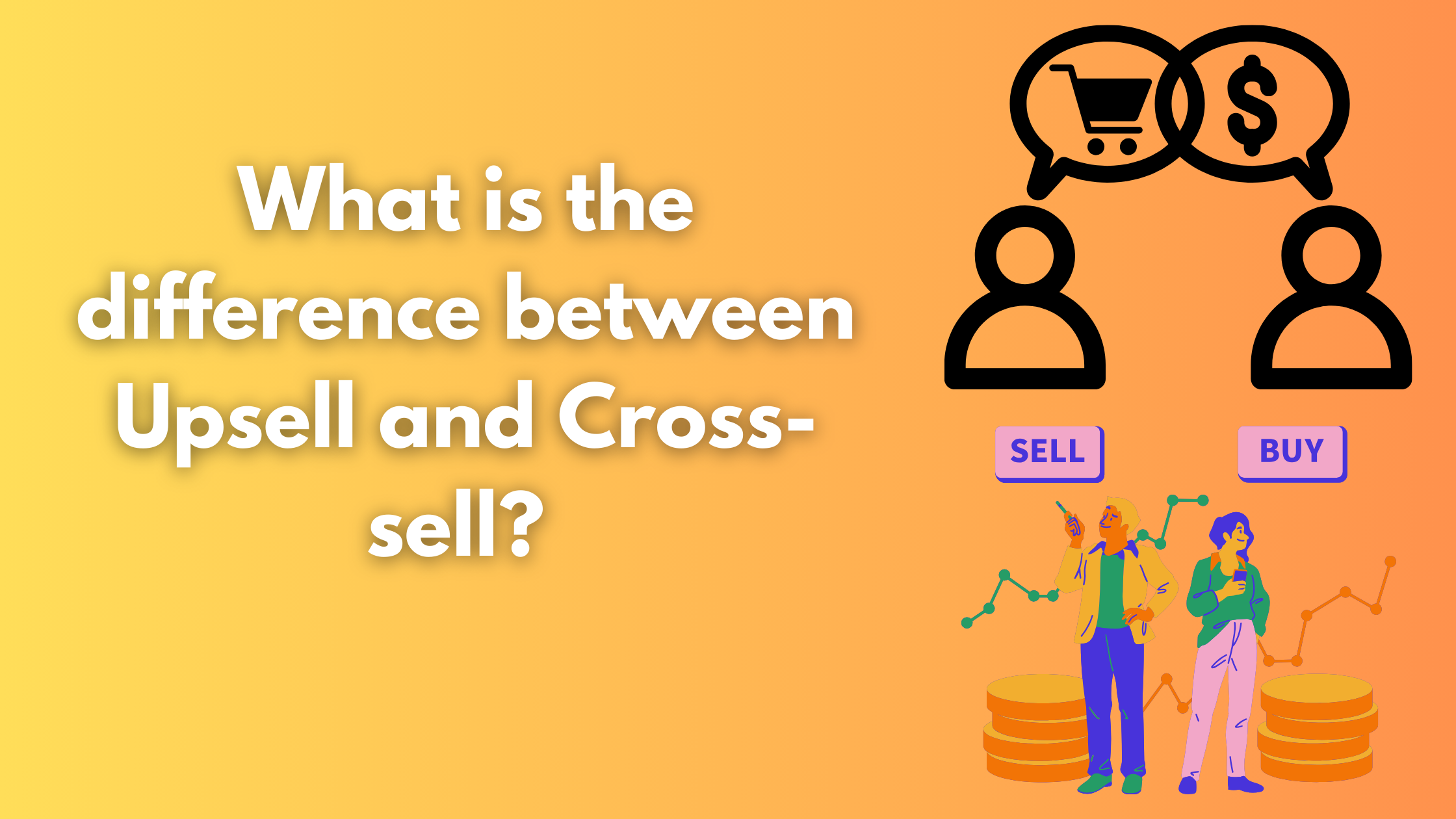


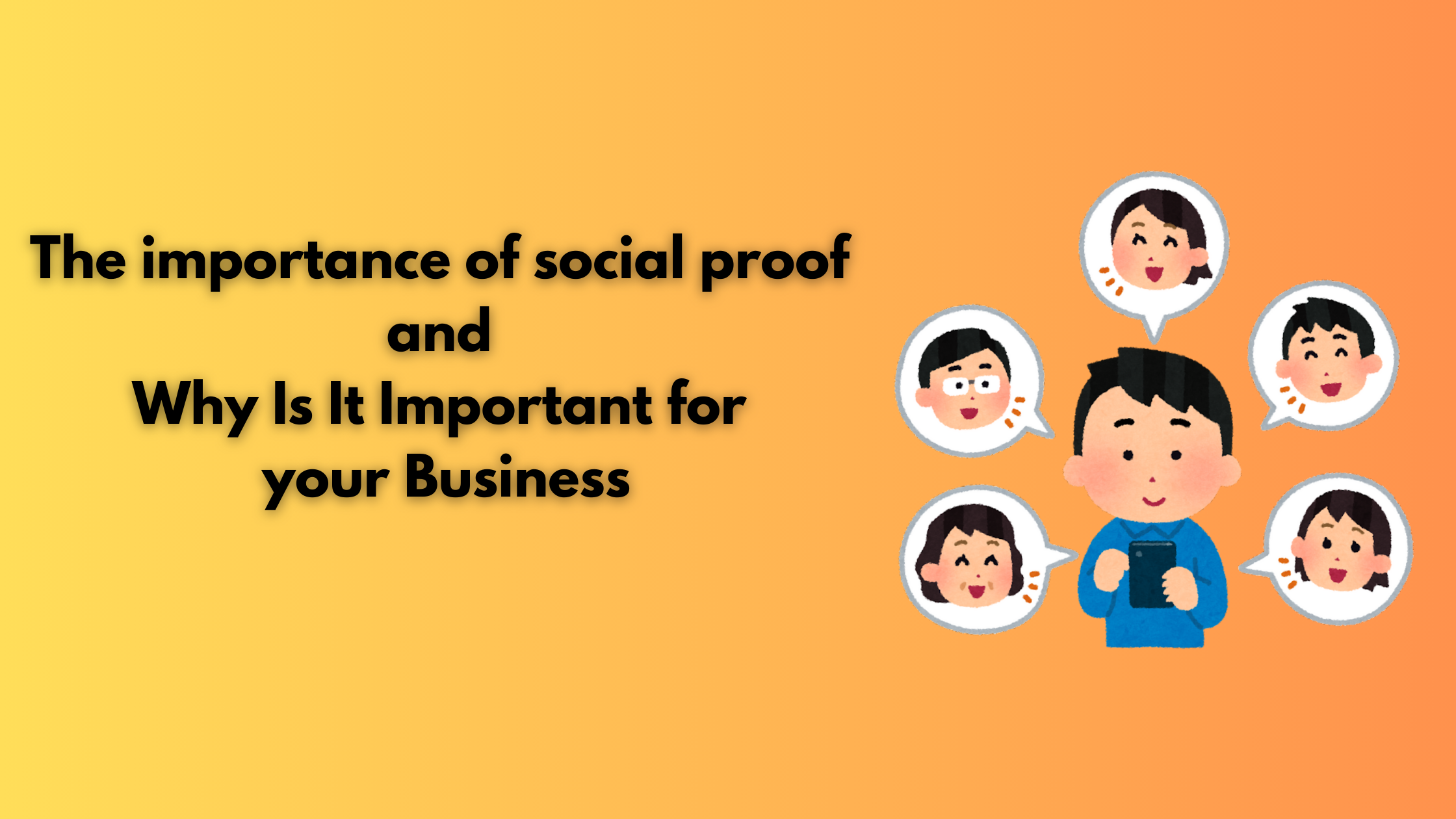
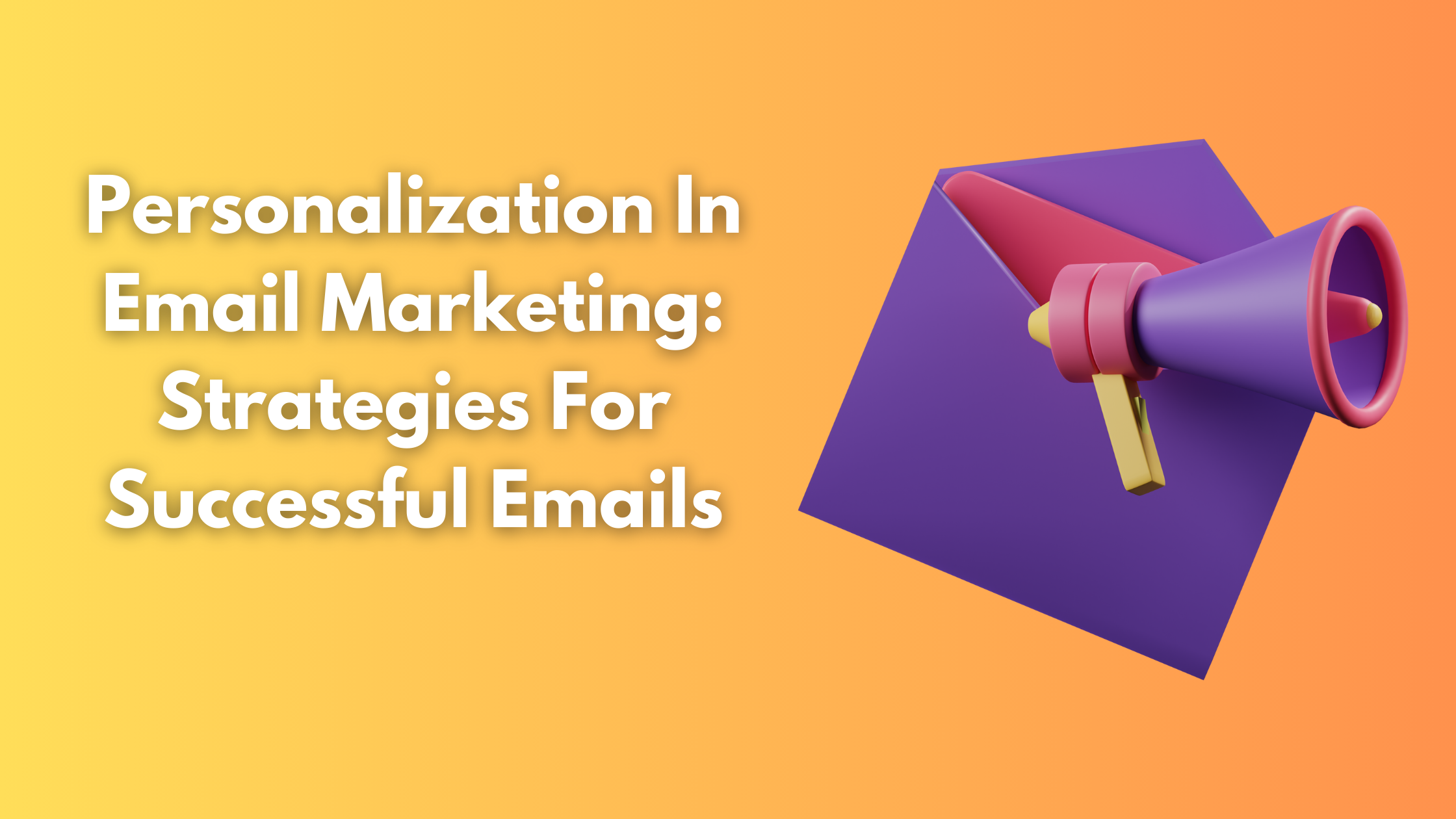









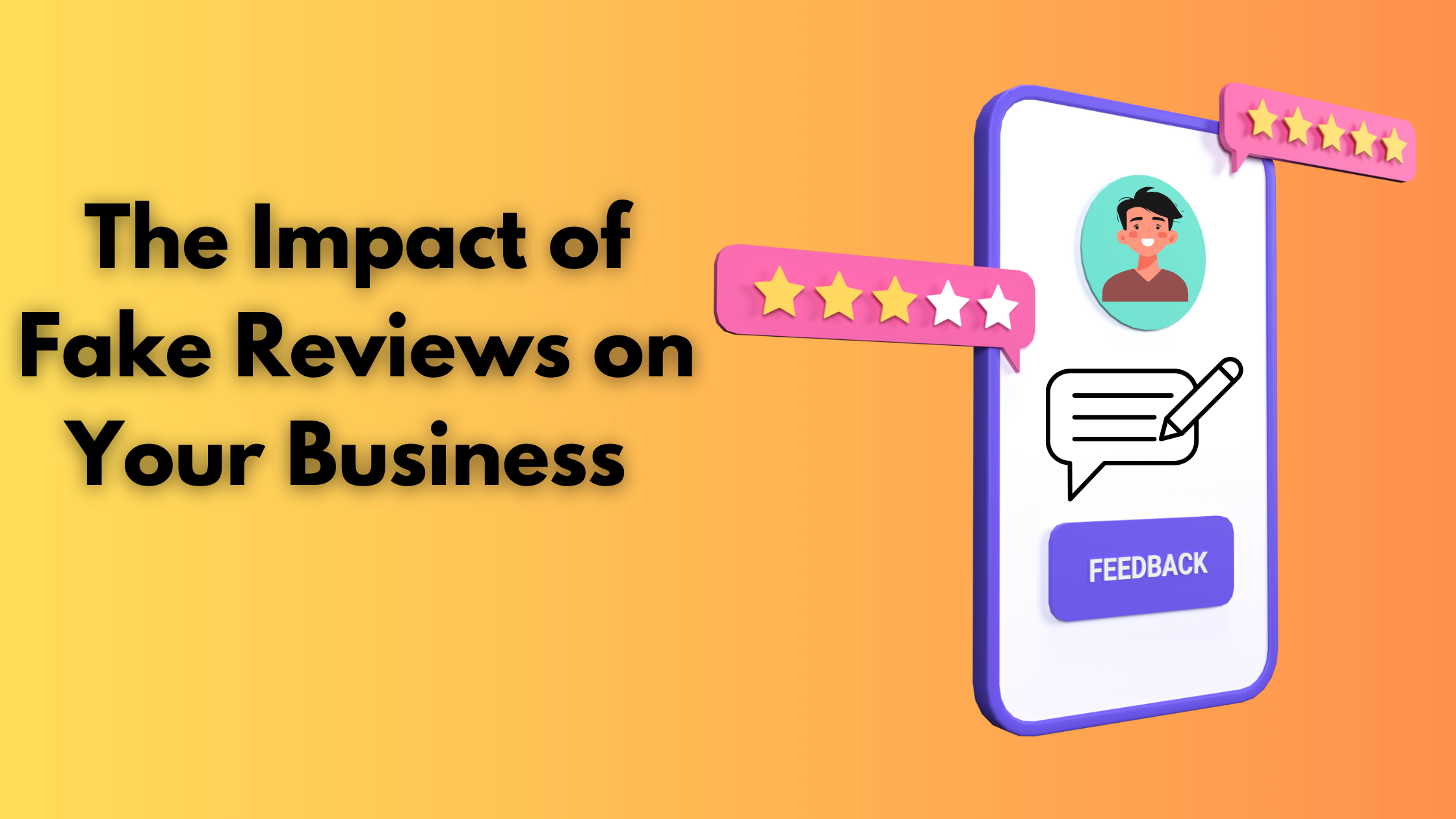





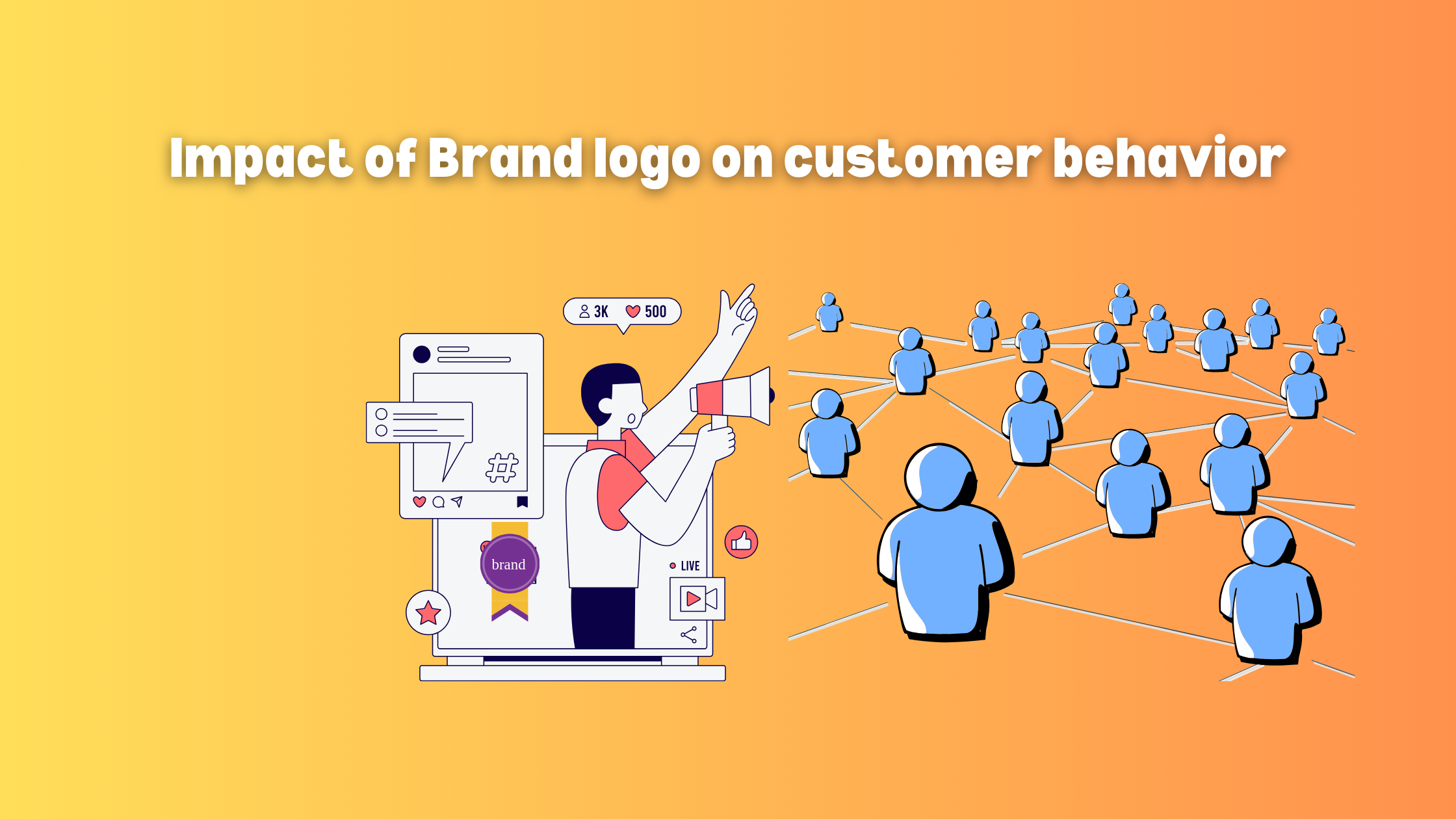




















































2 Comments
[…] Read Also: Review Management for eCommerce Business […]
[…] Read Also: Review Management for eCommerce Business […]